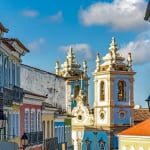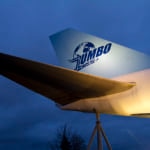Name:Mount Hamiguitan Range Wildlife Sanctuary
Address:davao oriental, brgy, la union, san isidro
Official website URL:http://whc.unesco.org/ja/list/1403
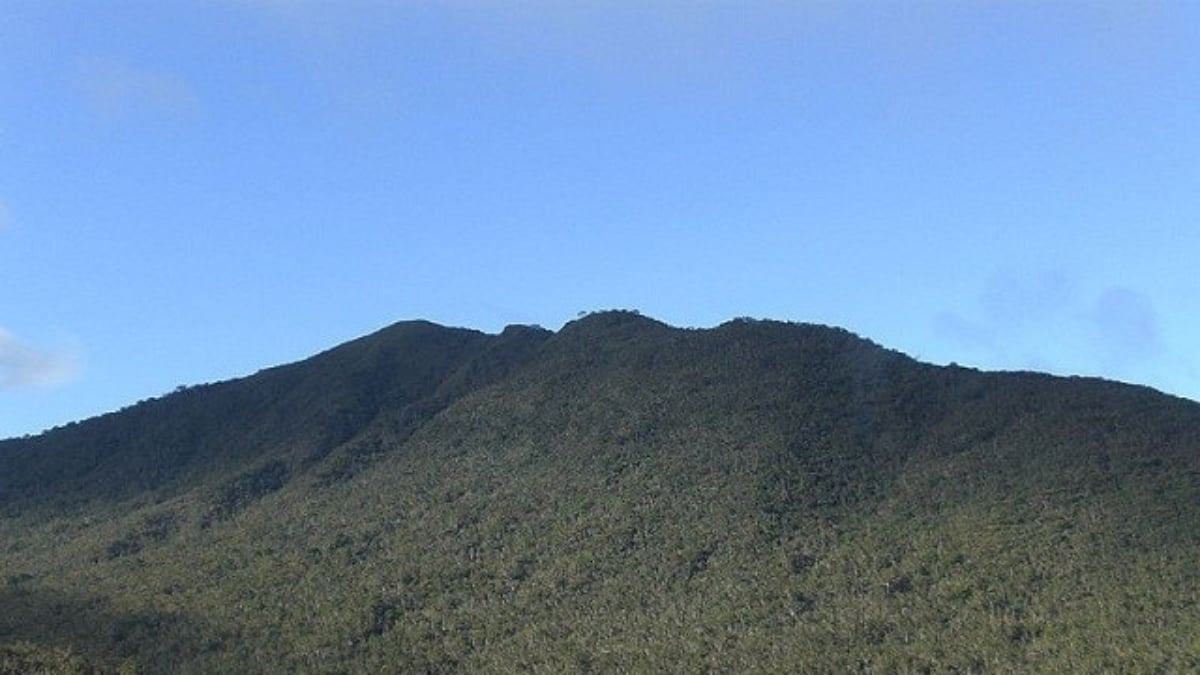
A treasure trove of rare species chosen as a World Heritage Site! The Mount Hamiguitan Range Wildlife Sanctuary in the Philippines
The Mount Hamiguitan Range is located on the Pujada Peninsula, which protrudes from the southeastern part of Mindanao Island in the southern Philippines. This mountainous area, with Mount Hamiguitan at 1,637m as its highest peak, is home to many endemic species of animals and plants found nowhere else in the Philippines! Due to its unique fauna and flora, it was registered as a World Heritage Site in 2014. Many of the endemic species are endangered, making this World Heritage Site an important focus for future conservation efforts. This time, we will introduce the "Mount Hamiguitan Range Wildlife Sanctuary", one of the most prominent paradises for living creatures in Southeast Asia.
table of contents
[x] close
A treasure trove of rare species chosen as a World Heritage Site! The Mount Hamiguitan Range Wildlife Sanctuary in the Philippines
What is the Mount Hamiguitan Range Wildlife Sanctuary?
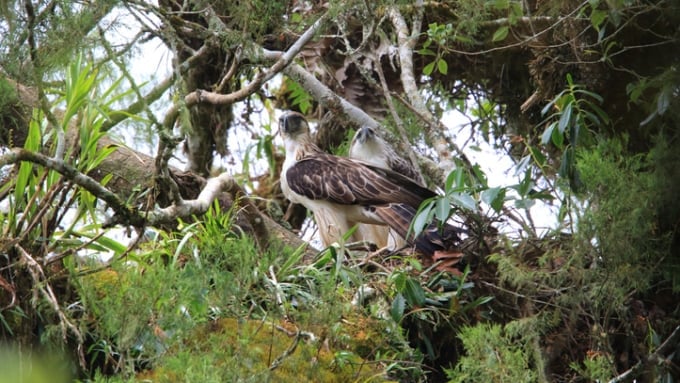
Mount Hamiguitan is characterized by a change in vegetation from tropical rainforest to cloud forest and dwarf forest as the altitude increases. Within the protected area of this World Heritage Site, with its hot, humid, and diverse environment, there are 1,380 species of flora and fauna: 957 species of plants and 423 species of animals. A surprising 341 of these species are endemic!
There are particularly many endemic species of amphibians and reptiles, with reptiles having a high rate of endemism at 84%. It was registered as a World Heritage Site in 2014, the sixth in the Philippines and the first in 15 years since 1999.
Access to Mount Hamiguitan Range Wildlife Sanctuary
The nearest airport to the Mount Hamiguitan Range Wildlife Sanctuary World Heritage Site is Davao International Airport. From Manila to Davao, it is about a 2-hour flight. From Davao, take a bus to the city of Mati.
There are two routes to approach Mount Hamiguitan: along the northeastern coast or to the Natural Science Museum on the western mid-slope. In the former case, there is an area with a concentration of resort facilities near the entrance to the World Heritage Site, where accommodations are also available.
Recommended Highlights of Mount Hamiguitan Range Wildlife Sanctuary
1. Endemic Flora and Fauna
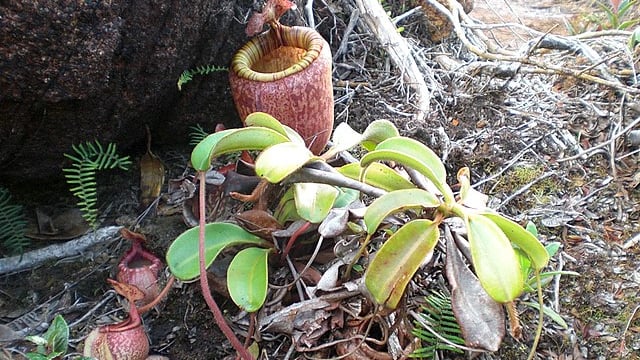
The Mount Hamiguitan Range Wildlife Sanctuary World Heritage Site is known for its high proportion of endemic species among its flora and fauna. For example, the pitcher plant, a carnivorous plant, has 8 species here, which is nearly 60% of the species found in the Philippines. Furthermore, 3 of these species are endemic to Mount Hamiguitan!
Among the 108 identified bird species, the Philippine Eagle and the Philippine Cockatoo are considered important. In particular, the Philippine Eagle is the national bird of the Philippines and is characterized by its large size, capable of preying on monkeys! It is said to be the largest living eagle in the world.
2. Bonsai Forest
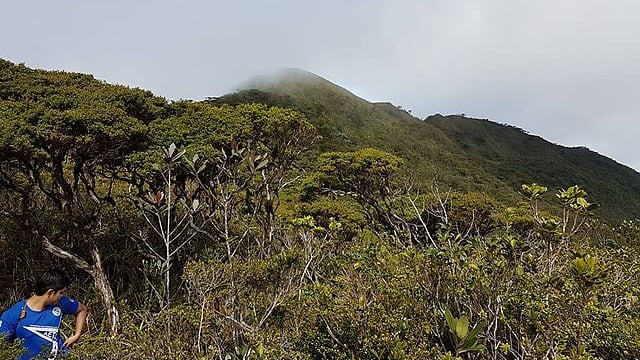
Although Mount Hamiguitan is warm and humid throughout the year, trees cannot grow very tall at high altitudes. This type of vegetation is generally called "dwarf forest", and in English, it is also called "dwarf forest", "elf forest", or "pygmy forest".
However, the dwarf forest of Mount Hamiguitan World Heritage Site is explicitly referred to as "tropical bonsai forest" in the World Heritage resolution. This is because gymnosperms, such as those in the pine family, grow low, thin, and twisted, resembling Japanese bonsai.
Although it is difficult to see this bonsai forest in the Mount Hamiguitan Range Wildlife Sanctuary, it is interesting that a name related to traditional Japanese culture has been given to this part of the Southeast Asian rainforest.
3. Hamiguitan Natural Science Museum

Permission from local authorities is required to enter the Mount Hamiguitan Range Wildlife Sanctuary World Heritage Site. Therefore, the Natural Science Museum on the western mid-slope of Mount Hamiguitan serves as a reception facility for general tourists.
Inside the museum, there are many exhibits and specimens related to the flora and fauna that inhabit Mount Hamiguitan. In the courtyard, you can actually touch pitcher plants and enjoy bird watching.
Summary
The Mount Hamiguitan Range Wildlife Sanctuary is a World Heritage Site with remarkable nature, especially in Southeast Asia. Because it is necessary to preserve this precious natural environment, the utmost care must be taken when visiting for sightseeing. Due to the difficult security situation, it is currently challenging to visit, but it is hoped that an environment will be maintained where the endemic species of Mount Hamiguitan can continue to live safely.
RELATED ARTICLES
REGIONS
CATEGORIES
FEATURED ON the Philippines
-

Enjoy the Great Outdoors! 5 Popular Tourist Spots on Masbate Island, Philippines
-
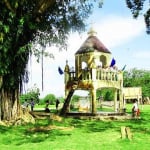
The ancient city in the northeastern part of Mindanao. Top 5 tourist attractions in Butuan!
-

Recommended Winter Escapes! Best Tropical Beach Resorts to Enjoy Summer During Cold Season
-
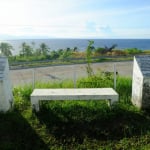
Top 5 Popular Tourist Spots in Surigao | Fully Enjoy the Nature of Mindanao
-

A nature-filled trip to Davao, the Philippines’ third largest city and a popular tourist destination
MOST POPULAR ON the Philippines
-
 1
1Doha: Must-see Attractions in the Capital of Qatar
-
 2
2Toronto: 10 Things to do in this Picturesque Canadian City
-
 3
3Amarillo: A City Famous for It’s Amazing Canyons, Great History and Music
-
 4
4South Korea: Dazzling Scenery, Rich Culture and Fascinating History
-
 5
5Kuwait: A Country in Middle East Asia Famous for Hot Sand Dunes and Stunning Cityscape

